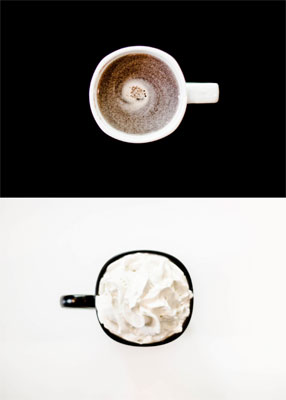All Nonfiction
- Bullying
- Books
- Academic
- Author Interviews
- Celebrity interviews
- College Articles
- College Essays
- Educator of the Year
- Heroes
- Interviews
- Memoir
- Personal Experience
- Sports
- Travel & Culture
All Opinions
- Bullying
- Current Events / Politics
- Discrimination
- Drugs / Alcohol / Smoking
- Entertainment / Celebrities
- Environment
- Love / Relationships
- Movies / Music / TV
- Pop Culture / Trends
- School / College
- Social Issues / Civics
- Spirituality / Religion
- Sports / Hobbies
All Hot Topics
- Bullying
- Community Service
- Environment
- Health
- Letters to the Editor
- Pride & Prejudice
- What Matters
- Back
Summer Guide
- Program Links
- Program Reviews
- Back
College Guide
- College Links
- College Reviews
- College Essays
- College Articles
- Back
Breakfast Magic
The clock has just ticked 10 A.M.. In a ballroom size restaurant crowded with people, we finally got a table after 20-minute wait on a typical Saturday morning. It was a round table covered with a beige tablecloth, that was large enough to fit 10 people. The intention of such brunch gathering has never been the food; instead, a kettle of freshly-brewed Tieguanyin tea was the major player among all.
In the south of China, especially Guangdong Province, where I was born and raised in, our ancestors had adopted a unique tradition that makes us different from the rest of this vast country. Anyone who has been to Guangdong must have heard of or found themselves lost in the paradise of “zaocha”, literally meaning “morning tea”. It is when my family gatherings, casual dates, and friends’ hangouts happen. Centuries passed by, the tradition of zaocha has become part of every Cantonese’ life, as well as a crucial element of my Cantonese identity and origin of my regional pride. Zaocha is a representation of Cantonese people’s passion about living. It is a demonstration of us dedicating a considerable amount of time on a weekend morning to show our gratefulness to the life that we have the privilege to enjoy.
What distinguishes a true Cantonese from foreigners is the amount of care and attention paid to details in the delicate process of dishes rinsing prior to the meal. The set of tableware used for zaocha consists of a face-size ceramic plate to place trash, a smaller white ceramic plate, a bowl, a spoon for soup, a pair of chopsticks, a chopsticks holder, and last but not the least, a tea cup, each piled on top of the other. The moment the waiter sets the tea kettle on the table, an unspoken dishes rinsing competition begins. To start off, pour boiled tea into the tea cup to a line that is approximately 5 millimeters below the edge of the teacup. Hold the chopsticks upright, with its tips pointing the bottom of the bowl. Then pour the tea in the teacup from the top of chopsticks, so that the tea drips down the chopsticks and is perfectly collected in the bowl. Now bring the side of the teacup in bowl filled with tea and rotate the cup clockwise twice. Stir tea in the bowl with spoon, and put it back alongside with the bigger plate. After all these steps are finished, pour the used tea in a big transparent bowl to be taken care of by the waiter. Finally, refill the tea cup and take the first sip. A delightful smile of satisfaction instantly illuminates each diner’s face.

Similar Articles
JOIN THE DISCUSSION
This article has 0 comments.
